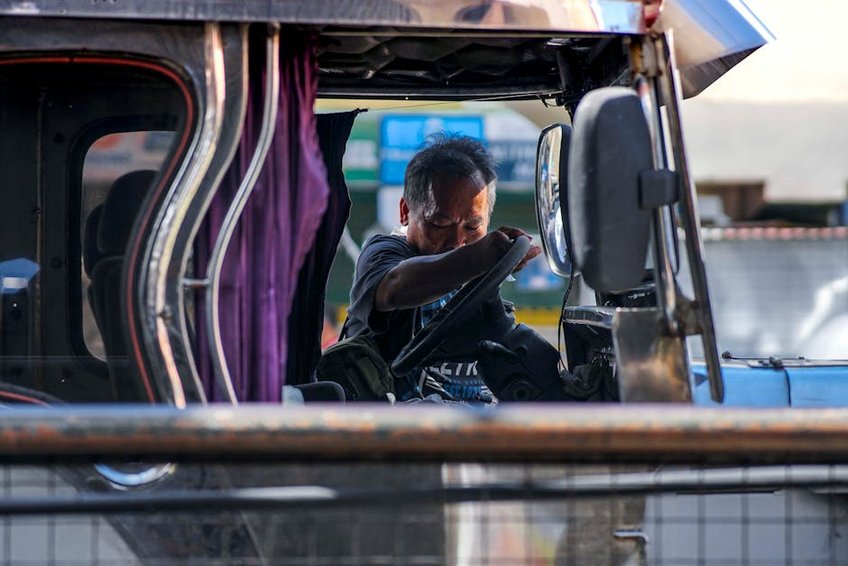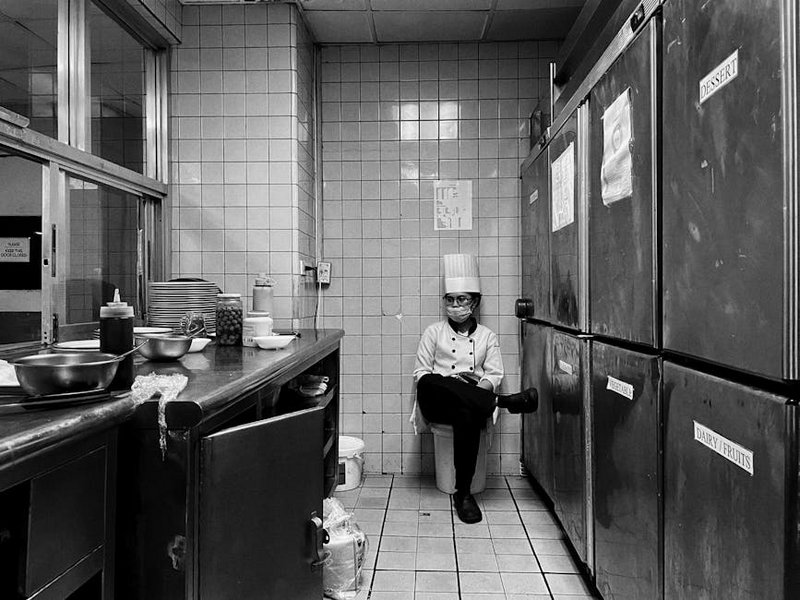Manila Intramuros: Your Ultimate Guide to the Walled City
Stepping into Manila Intramuros feels like traveling back in time to the Spanish colonial era, offering a unique glimpse into the Philippines’ rich history right in the heart of the bustling capital. As the oldest district and historic core of Manila, this 64-hectare walled city was built in the late 16th century and served as the political and military base of the Spanish Empire in Asia. Today, Manila Intramuros stands as a beautifully preserved monument to the past, where cobblestone streets, centuries-old churches, and formidable fortifications tell stories of resilience, faith, and cultural fusion. Whether you’re a history enthusiast, architecture lover, or simply looking for a peaceful escape from modern city life, exploring Manila Intramuros provides an unforgettable journey through time that connects you deeply with the soul of the Philippines.
Manila Intramuros Essential Information – History and Significance
Understanding the historical context of Manila Intramuros transforms your visit from a simple tourist excursion into a meaningful cultural experience. The name “Intramuros” literally means “within the walls” in Spanish, and this designation perfectly captures the district’s original purpose as a fortified city designed to protect Spanish colonists from foreign invasions and local uprisings. Construction began in 1571 under Spanish conquistador Miguel López de Legazpi, and over the centuries, the walls expanded to include churches, government buildings, elegant homes, and educational institutions that represented the center of colonial power. Despite suffering massive destruction during World War II, particularly in the Battle of Manila in 1945, careful restoration efforts have brought back much of the district’s former glory, making it one of the most important historical sites in Southeast Asia and a must-visit destination for anyone interested in the region’s colonial past.
Historical Timeline – Key Dates and Events
- 1571: Spanish establishment of Manila and beginning of Intramuros construction under Miguel López de Legazpi
- 1590: Completion of the main defensive walls, making it one of the largest European-style fortifications in Asia
- 1762: British invasion and occupation during the Seven Years’ War, marking the first breach of the walls
- 1863: Massive earthquake destroys many structures within Intramuros, leading to reconstruction
- 1945: Battle of Manila causes near-total destruction of Intramuros, with only San Agustin Church surviving relatively intact
- 1979: Intramuros Administration established to oversee restoration and preservation efforts
- 2018: Intramuros declared a National Cultural Treasure by the Philippine government
- Budget traveler ($25-40/day): Entrance fees to major sites ($5-10 total), street food meals ($2-5 each), walking instead of guided tours, free attractions like wall walks and church visits
- Mid-range traveler ($60-100/day): Guided bamboo bike tour ($15-20), restaurant meals ($8-15 each), museum entrance fees ($3-5 per site), calesa (horse-drawn carriage) ride ($15-25 for 30 minutes)
- Luxury experience ($150-250/day): Private guided tour ($50-80), fine dining at Barbara’s Restaurant ($30-50 per person), souvenir shopping at authentic craft stores ($20-50), hotel stay within Intramuros ($100-150 per night)
- Intramuros Administration Official Website
- Lonely Planet Manila Intramuros Guide
- In Your Pocket Manila Intramuros Guide
Architectural Significance – Spanish Colonial Design
The architecture within Manila Intramuros represents a fascinating blend of Spanish, Mexican, and Filipino influences that created a unique colonial style found nowhere else in the world. The massive stone walls, reaching up to 22 feet high and 8 feet thick, showcase military engineering adapted to tropical conditions and seismic activity. Inside these fortifications, you’ll find examples of Spanish Baroque architecture in churches, traditional Filipino bahay na bato (stone houses) with their distinctive capiz shell windows, and administrative buildings that combined European design with local materials and craftsmanship. This architectural melting pot tells the story of cultural exchange and adaptation that characterized the Spanish colonial period in the Philippines, making Manila Intramuros a living museum of design evolution over four centuries.

Manila Intramuros Planning Your Trip – Practical Preparation
Proper planning ensures you make the most of your visit to Manila Intramuros, allowing you to explore its historical treasures comfortably while avoiding common tourist pitfalls. The walled city’s compact size makes it perfect for a day trip, but its wealth of attractions could easily fill two days if you want to explore at a leisurely pace. Manila’s tropical climate means you’ll want to schedule your visit during the cooler morning or late afternoon hours, especially from November to April when rainfall is less frequent. Comfortable walking shoes are absolutely essential as you’ll be covering considerable distance on uneven cobblestone streets, and light, breathable clothing will help you stay cool in the humid weather. Don’t forget sun protection – a hat, sunglasses, and sunscreen are must-haves for exploring the largely uncovered areas between buildings.
Best Time to Visit Manila Intramuros
The ideal time to explore Manila Intramuros is during the dry season from November to April, when you’ll encounter minimal rainfall and more comfortable temperatures for walking tours. December through February offers the most pleasant weather with cooler temperatures and lower humidity, though these months also see more tourist crowds. Morning visits between 8:00 AM and 11:00 AM are recommended to avoid the intense midday heat and larger tour groups that typically arrive in the afternoon. If you visit during the rainy season (May to October), plan your trip for early morning when rainfall is less likely, and always carry an umbrella or raincoat. Special events like the Intramuros Grand Marian Procession in December or the Philippine Independence Day celebrations in June offer unique cultural experiences but also mean larger crowds, so plan accordingly if you prefer quieter exploration.
Budget Planning and Costs
Essential Preparation Checklist
Preparing adequately for your Manila Intramuros visit ensures a comfortable and enriching experience. First, check visa requirements – most Western passport holders (US, EU, UK, Australia, Canada) receive visa-free entry for 30 days upon arrival. Ensure your passport has at least six months validity from your intended departure date. Book accommodations in advance, especially if visiting during peak season (December-February). Download offline maps of Intramuros since GPS can be unreliable within the thick stone walls. Exchange currency beforehand as while credit cards are accepted at larger establishments, smaller vendors and entrance fees typically require Philippine pesos. Pack a reusable water bottle to stay hydrated – refill stations are available at major sites. Finally, research basic Filipino phrases – while English is widely spoken, locals appreciate visitors who attempt simple greetings like “Salamat” (thank you) or “Magandang araw” (good day).
Manila Intramuros Top Attractions and Activities – Must-See Sites
Manila Intramuros boasts an impressive collection of historical sites that collectively tell the story of Spanish colonial rule in the Philippines. From beautifully preserved churches to military fortifications and museums, each attraction offers a unique perspective on the district’s multifaceted history. The compact layout means you can easily visit multiple sites in a single day, but allocating two days allows for a more thorough exploration without rushing. Many attractions offer combination tickets or discounted rates for students and seniors, so bring appropriate identification if applicable. Most sites open between 8:00 AM and 9:00 AM and close around 5:00 PM or 6:00 PM, with some variations on weekends and holidays, so check specific operating hours when planning your itinerary to maximize your sightseeing opportunities.
Must-See Highlights – Iconic Landmarks
No visit to Manila Intramuros is complete without exploring its crown jewels, starting with Fort Santiago, the legendary citadel that served as the main defense fortress during Spanish rule. Here you can walk through dungeons, see the memorabilia of national hero José Rizal, and enjoy panoramic views of the Pasig River. San Agustin Church, a UNESCO World Heritage Site, represents one of the few buildings that survived World War II largely intact and features spectacular Baroque architecture, intricate frescoes, and a museum housing religious art and artifacts. Manila Cathedral, rebuilt multiple times after various disasters, stands as an impressive example of neo-Romanesque architecture with stunning stained glass windows and bronze doors. Casa Manila, a restored colonial home museum, offers a fascinating glimpse into the lifestyle of wealthy Spanish-Filipino families during the 19th century with period furniture and decor.
Hidden Gems and Local Favorites
Beyond the major tourist attractions, Manila Intramuros hides several lesser-known treasures that offer authentic experiences away from the crowds. The Baluarte de San Diego gardens provide a peaceful oasis with beautiful landscaping, ancient cannons, and dramatic views of the walls against the modern Manila skyline. The Intramuros Light and Sound Museum uses innovative technology to tell the story of Philippine history in an engaging, multimedia format perfect for families with children. For a unique cultural experience, visit the Silahis Arts and Artifacts Center, which showcases traditional Filipino crafts and hosts occasional workshops on indigenous arts. Food enthusiasts shouldn’t miss the opportunity to try traditional Filipino snacks at small eateries along General Luna Street, where you can sample local delicacies like halo-halo (shaved ice dessert) or bibingka (rice cake) in authentic settings that have changed little over decades.
Manila Intramuros Practical Travel Information – Transportation and Accommodation
Navigating Manila Intramuros and finding suitable accommodation requires understanding the unique logistics of this historic district situated within modern Metro Manila. The walled city’s central location makes it easily accessible from various parts of the metropolis, but its pedestrian-focused design means limited vehicle access within the walls themselves. Several hotels and guesthouses operate within Intramuros, offering the convenience of staying within the historic district, though more accommodation options are available in nearby areas like Ermita, Malate, or Binondo. Transportation to and from Intramuros is readily available via various modes including taxis, ride-sharing services, jeepneys, and the LRT train system, with the Central Terminal station located just outside the walls providing easy access to other parts of the city.
| Accommodation Type | Options/Features | Price Range (USD) |
|---|---|---|
| Budget Guesthouses | Basic amenities, shared bathrooms, central location | $20-40/night |
| Mid-range Hotels | Private bathrooms, air conditioning, breakfast included | $50-90/night |
| Boutique Heritage | Historical buildings, period decor, cultural experiences | $100-180/night |
| Luxury Hotels | Swimming pool, spa services, fine dining restaurants | $200-350/night |


